AI Boom Drives Demand for Fiber Data Center Infrastructure
Shortages in power and semiconductors render fiber the only solution to sustain AI growth, panelists said.
Jericho Casper
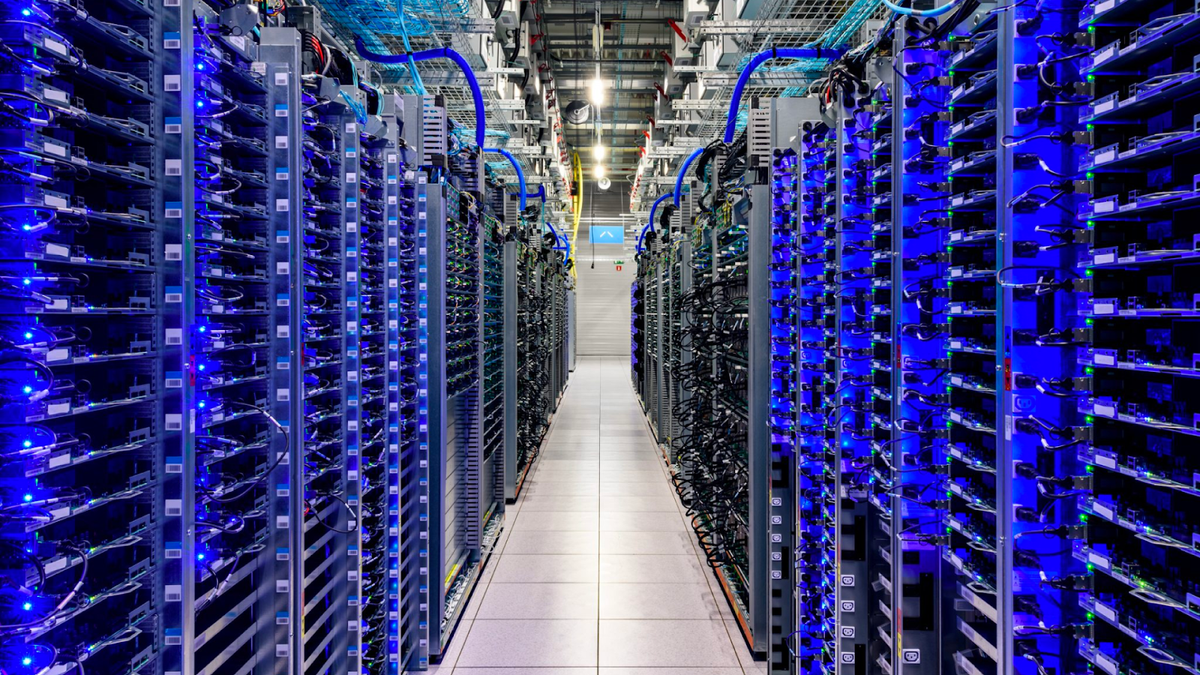
Feb. 20, 2025 – The massive flow of capital into artificial intelligence data centers has driven unprecedented demand for fiber broadband infrastructure, industry experts said Wednesday.
As Peter Cresse, president of consulting firm Entropy, put it during the latest Fiber for Breakfast webinar: “AI and fiber are perfect partners. As AI grows, greater fiber is needed, and with greater fiber capacity, AI can scale exponentially.”
Companies were pouring billions into AI-powered data centers, which require ultra-reliable, high-capacity fiber networks to function at scale.
“Microsoft alone is investing $80 billion in AI data centers in 2025,” Cresse noted. “Billions of dollars are flowing into AI and fiber investment. Fiber isn’t just enabling AI — it is the foundation of AI’s future.”
Massive infrastructure buildouts were needed to support AI’s growing demands. However, bottlenecks in power availability and semiconductor shortages have positioned fiber as the only dependable solution to sustain AI expansion, Cresse said.
“AI’s growth depends on fiber’s ability to scale, and fiber is filling the gap left by limitations in power and processing chips.”
Unlike previous broadband expansions, which primarily focused on download speeds, AI applications require symmetrical speeds and ultra-low latency — capabilities that only fiber can provide.
“Latency is a huge issue, and only fiber can solve it. Symmetrical 10 Gigabit per second (Gbps) networks will be critical for real-time AI applications,” Cresse said.
With AI workloads becoming more data-intensive, the need for high-speed, low-latency connectivity has never been greater.
Questions have arisen about the $42.5 billion Broadband Equity, Access, and Deployment program’s preference for fiber. That may be in jeopardy due to changes in leadership at the Commerce Department and National Telecommunications and Information Association.
Trump-appointed Commerce Secretary Howard Lutnick and NTIA nominee Arielle Roth have expressed concerns about prioritizing fiber over alternative technologies, like fixed wireless or low-Earth orbit satellite, with Lutnick advocating to make BEAD implementation “the cheapest” possible.
Advocacy groups, industry leaders, and state broadband officials have pushed back, ramping up efforts to maintain the program’s focus on fiber deployment.
Gary Bolton, CEO of the FBA, has been among the most vocal, specifically calling attention to the scalability issues of satellite broadband.
In a 2024 end-of-year memo, he noted that Starlink, the leading LEO satellite provider, had 1.4 million customers in the U.S., and would only be able to serve up to 1.7 million customers, with its existing satellite constellation.
“When we talk to all the state broadband offices, of course they’re going to deploy fiber,” Bolton previously said. “This is a one-time investment, they want to be able to have critical infrastructure.”
Concerns remain over whether satellite and fixed wireless providers can consistently sustain broadband speeds of 100/20 Mbps, the threshold defined by the Federal Communications Commission and required under BEAD.
“Satellites might be 80 Megabits [per second] on a download, that's nothing compared to fiber,” Cresse said. “So I do think other mediums are going to leave people behind.”



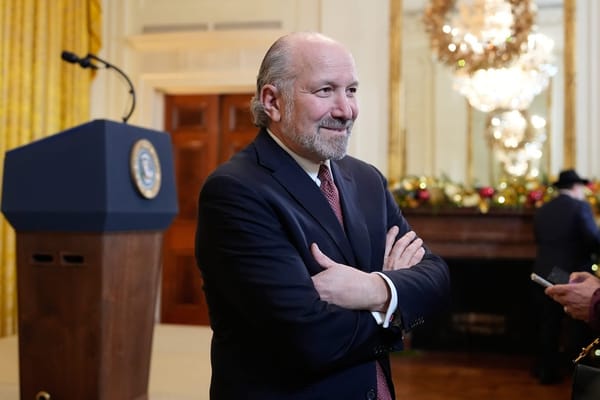
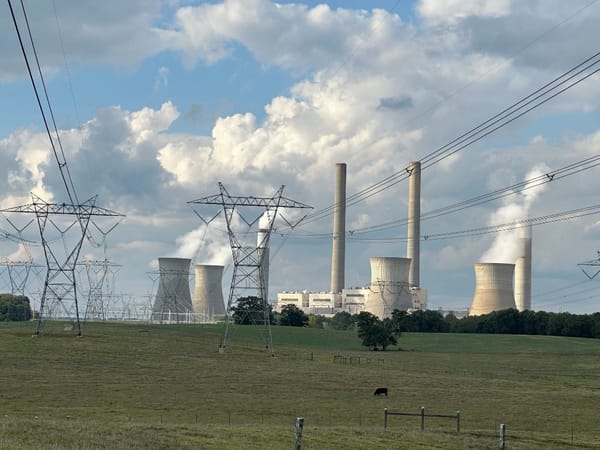
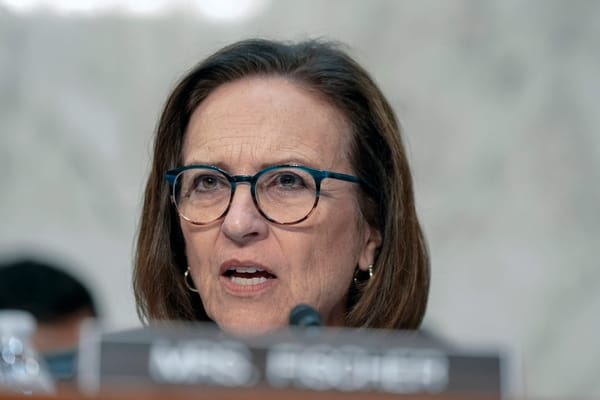
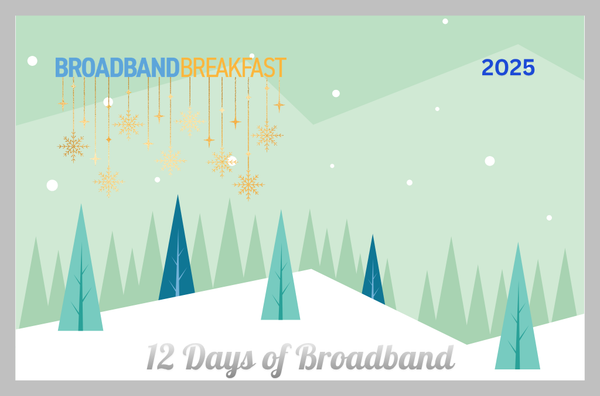


Member discussion